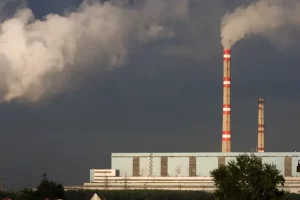
NASA is wrapping up the initial phase of its Fission Surface Power Project, which focused on developing concept designs for a small, electricity-generating nuclear fission reactor that could be used during a future demonstration on the Moon and to inform future designs for Mars.
NASA awarded three $5 million contracts in 2022, tasking each commercial partner with developing an initial design that included the reactor; its power conversion, heat rejection, and power management and distribution systems; estimated costs; and a development schedule that could pave the way for powering a sustained human presence on the lunar surface for at least 10 years.
“A demonstration of a nuclear power source on the Moon is required to show that it is a safe, clean, reliable option,” said Trudy Kortes, program director, Technology Demonstration Missions within NASA’s Space Technology Mission Directorate at NASA Headquarters in Washington. “The lunar night is challenging from a technical perspective, so having a source of power such as this nuclear reactor, which operates independent of the Sun, is an enabling option for long-term exploration and science efforts on the Moon.”
While solar power systems have limitations on the Moon, a nuclear reactor could be placed in permanently shadowed areas (where there may be water ice) or generate power continuously during lunar nights, which are 14-and-a-half Earth days long.
NASA designed the requirements for this initial reactor to be open and flexible to maintain the commercial partners’ ability to bring creative approaches for technical review.
“There was a healthy variety of approaches; they were all very unique from each other,” said Lindsay Kaldon, Fission Surface Power project manager at NASA’s Glenn Research Center in Cleveland. “We didn’t give them a lot of requirements on purpose because we wanted them to think outside the box.”
